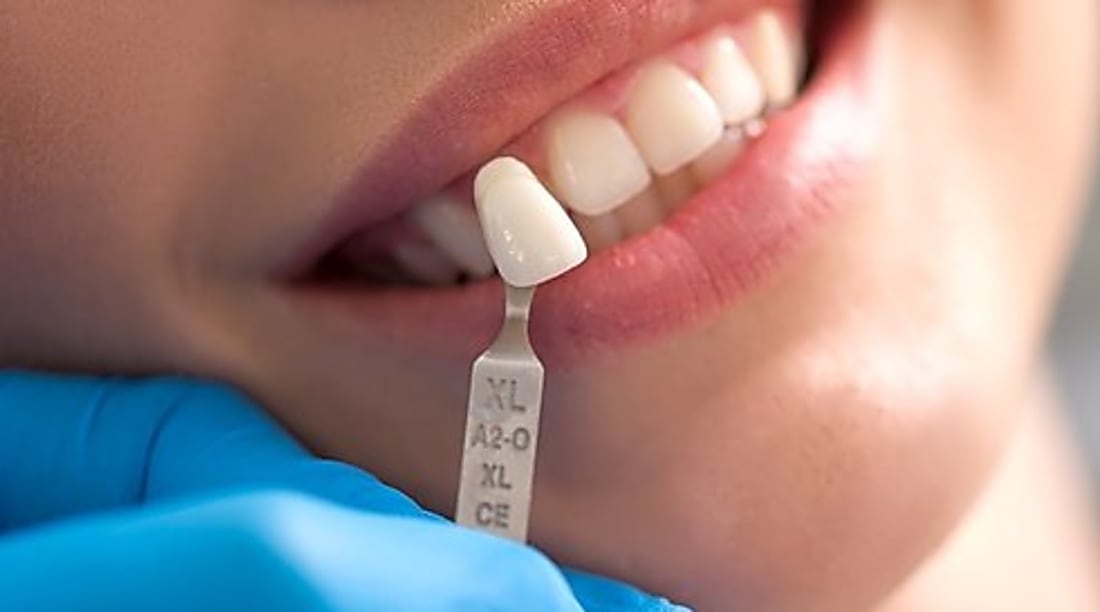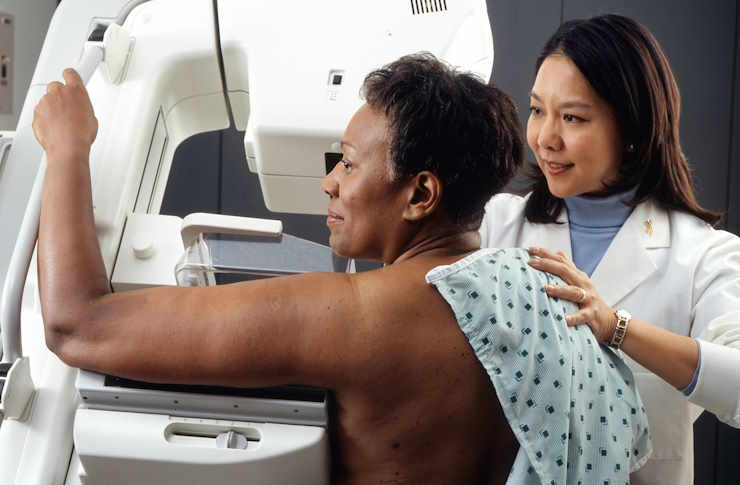Triple Negative Breast Cancer: Key Symptoms and Early Signs
Triple Negative Breast Cancer (TNBC) is a distinct subtype of breast cancer that does not have estrogen receptors, progesterone receptors, or an excess of HER2 protein. This means it does not respond to hormone therapy or treatments that target HER2. Understanding the potential signs and symptoms of TNBC is an important step for early detection and timely medical consultation. Recognizing these indicators can help individuals seek professional guidance promptly, which is crucial for managing any health concerns.

This article is for informational purposes only and should not be considered medical advice. Please consult a qualified healthcare professional for personalized guidance and treatment.
Triple Negative Breast Cancer (TNBC) presents unique challenges due to its aggressive nature and lack of specific targets for common breast cancer therapies. While TNBC shares many general breast cancer symptoms, being aware of these signs can facilitate earlier discussion with a healthcare provider. Early detection is a significant factor in addressing various health conditions, including different forms of cancer.
Common Signs and Physical Symptoms of TNBC
Many physical symptoms of TNBC are similar to those of other breast cancer types. The most frequently observed sign is a new lump or mass in the breast. These lumps are often painless, but they can sometimes be tender or cause discomfort. It is important to note that not all breast lumps are cancerous, but any new lump should be evaluated by a healthcare professional. Other common physical symptoms include changes in the size or shape of the breast, such as swelling, especially if it affects only one breast. Skin changes on the breast, like redness, dimpling, pitting (resembling an orange peel), or thickening, can also be indicators. Nipple changes, such as inversion (turning inward), discharge (other than breast milk), or scaling of the nipple skin, warrant medical attention. Swelling under the arm or around the collarbone area may also occur, indicating potential lymph node involvement.
Early Indicators That May Signal TNBC
Beyond the more overt physical symptoms, there can be subtle early indicators that might signal the presence of TNBC. While less specific, these changes should not be ignored. Persistent breast pain or discomfort that does not resolve with a menstrual cycle or other common causes might be an early signal. Changes in breast texture, such as an area that feels firmer or thicker than the surrounding tissue, even without a distinct lump, can be a concern. Some individuals might notice subtle changes in skin appearance, like an unusual rash or irritation that does not respond to typical treatments. A persistent itch on the breast or nipple without an obvious cause can also be an early sign. Any new or unusual sensation in the breast, or a general feeling that something is not right, should prompt a conversation with a doctor. These early indicators, while often non-specific, underscore the importance of self-awareness and regular self-examinations.
Understanding Risk Factors and Prevention
While the exact causes of TNBC are still being researched, several risk factors have been identified. These include age, with the risk generally increasing as a person gets older, although TNBC can occur at any age. Genetic mutations, particularly in the BRCA1 gene, significantly increase the risk of TNBC. Individuals with a family history of breast cancer, especially TNBC, may also have an elevated risk. Ethnicity plays a role, with TNBC being more prevalent in African American and Hispanic women. Other factors, such as obesity, alcohol consumption, and lack of physical activity, are associated with an increased risk of breast cancer in general. While there is no definitive way to prevent TNBC, adopting a healthy lifestyle, including a balanced diet, regular exercise, and limiting alcohol intake, can contribute to overall well-being and may help reduce general cancer risks. Genetic counseling and testing may be considered for individuals with a strong family history of breast or ovarian cancer.
Diagnostic Procedures and Testing
When a healthcare professional suspects breast cancer, a series of diagnostic procedures and tests are typically performed. The initial evaluation often includes a clinical breast exam and imaging tests. Mammography is a standard screening tool, while ultrasound can help differentiate between solid masses and fluid-filled cysts. Magnetic Resonance Imaging (MRI) may be used for a more detailed view, especially in high-risk individuals or to assess the extent of the disease. If an abnormality is found, a biopsy is crucial for a definitive diagnosis. During a biopsy, a small tissue sample is removed from the suspicious area and examined under a microscope by a pathologist. For breast cancer, specific tests are performed on the biopsy tissue to determine its characteristics, including the presence or absence of estrogen receptors (ER), progesterone receptors (PR), and HER2 protein overexpression. The absence of all three indicates Triple Negative Breast Cancer, guiding subsequent treatment decisions.
Follow-up Care and Monitoring
After a diagnosis of TNBC and completion of initial treatment, ongoing follow-up care and monitoring become essential. This phase focuses on detecting any recurrence and managing potential long-term side effects of treatment. Regular appointments with the oncology team are scheduled, which typically include physical examinations and discussions about any new symptoms or concerns. The frequency and type of imaging tests, such as mammograms or other scans, will be determined by the healthcare provider based on individual circumstances and risk factors. It is important for individuals to remain vigilant about self-monitoring for any new lumps, changes in skin, or other unusual symptoms and to report them promptly to their medical team. Adherence to a healthy lifestyle, including nutrition and exercise, is often encouraged to support recovery and overall health. Psychological support and participation in support groups can also be beneficial during this period of ongoing care and surveillance.




